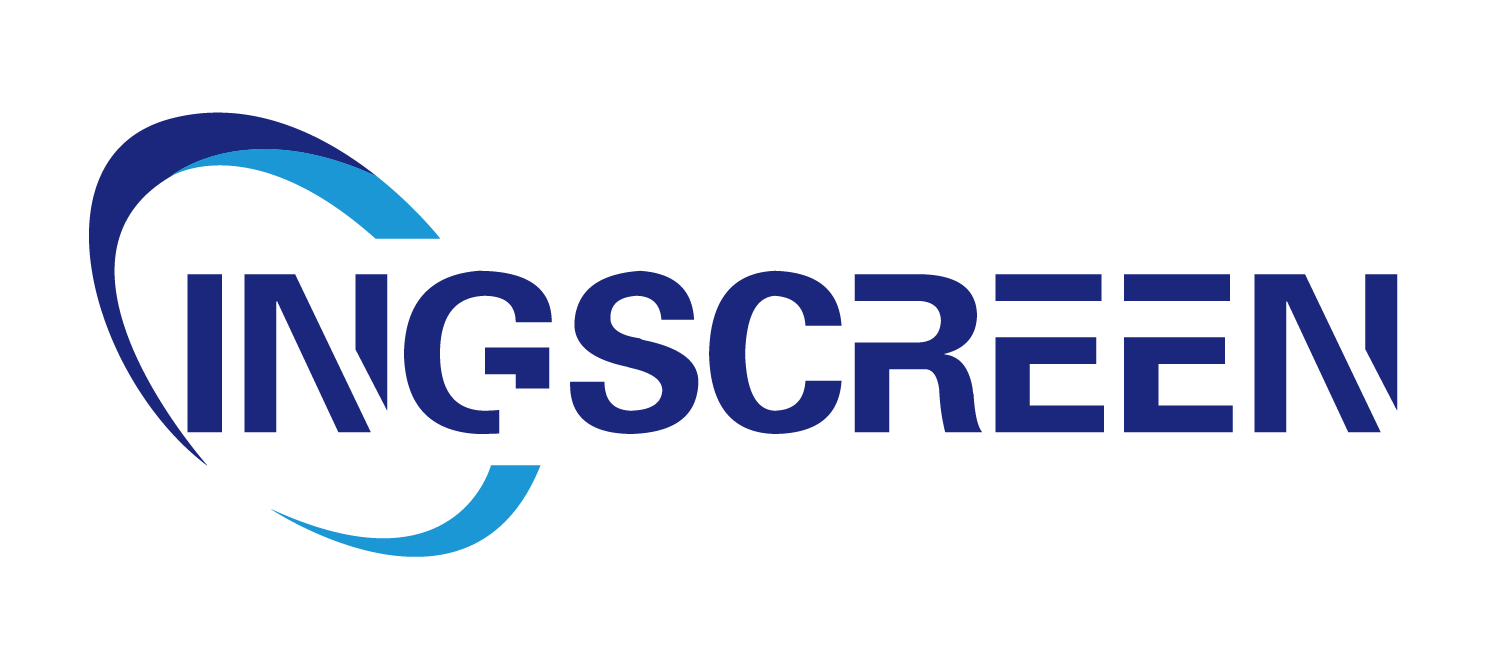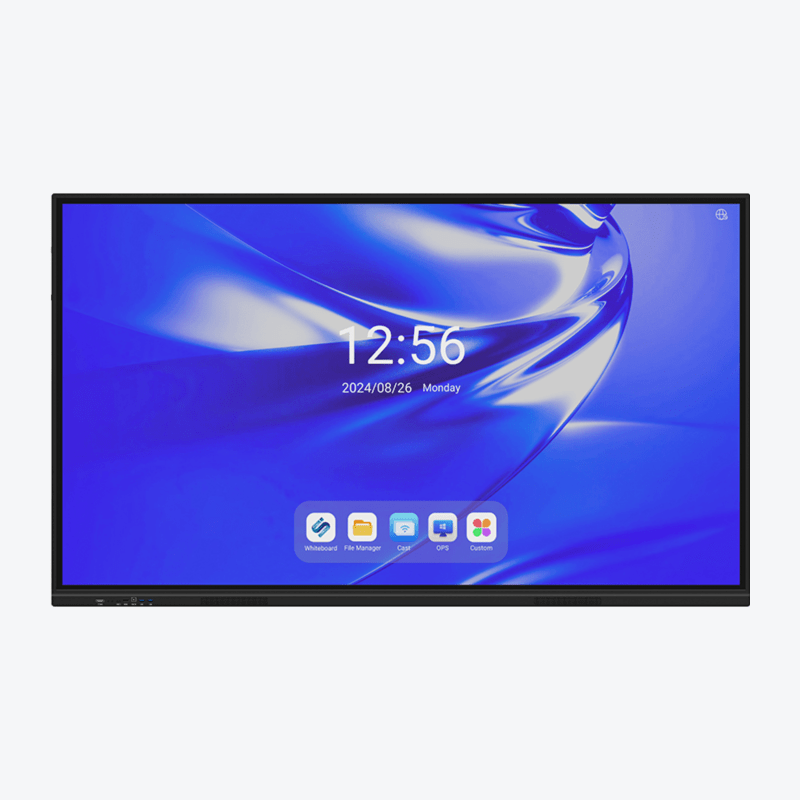What Are Touchscreen Kiosks?
Touchscreen kiosks are self-service terminals that enable users to interact with digital content through intuitive touch interfaces. These devices are designed for a variety of applications, providing a seamless experience for users across numerous industries. They are increasingly prevalent in environments like airports, where passengers can check in or obtain flight information with ease, demonstrating their value in enhancing user engagement.
Different types of touchscreen kiosks cater to specific industry needs, including information kiosks, retail kiosks, and food ordering kiosks. For example, information kiosks provide vital data or navigation assistance in public places, while retail kiosks facilitate smooth transactions and product exploration in shopping venues. Food ordering kiosks in restaurants streamline order processes and enhance customer satisfaction by reducing wait times and enabling customization.
A key aspect of touchscreen kiosks is the kiosk software, which includes components such as user interface design and content management systems. These features ensure smooth operation and user engagement. Integration with back-end databases allows kiosks to manage data efficiently, supporting various business functions from inventory management to order processing. By leveraging such comprehensive software solutions, businesses can optimize their service delivery and operational efficiency.
Benefits of Touchscreen Kiosks for Customer Experience
Touchscreen kiosks provide enhanced convenience and speed, drastically improving the customer experience by reducing wait times. These self-service kiosks have been shown to reduce service times by up to 30% in restaurants, reflecting their role in streamlining operations and expediting customer transactions. By facilitating quick access to services and information, they eliminate the bottlenecks typically associated with traditional service models.
Moreover, touchscreen kiosks significantly improve order accuracy by minimizing human errors inherent in manual processing. Automated ordering systems implemented in various settings have achieved an impressive accuracy rate of up to 99% compared to traditional methods. This precision not only enhances customer satisfaction but also boosts the credibility and operational efficiency of businesses, notably in environments like fast-paced restaurants.
Further, kiosks enhance personalized customer interactions by utilizing data analytics to tailor user experiences. For example, they can recommend products based on previous purchases or preferences, offering a more customized and engaging service experience. This ability to personalize interactions based on individual history fosters customer loyalty and increases the likelihood of repeat business, aligning with modern consumer expectations for tailored service options.
Applications Across Industries
Touchscreen kiosks have become indispensable tools in various industries, providing seamless operations and enhancing customer experiences. In the retail and fast-food sectors, these kiosks streamline the ordering process and efficiently manage inventory, leading to improved operational workflows. With kiosk technology, customers can quickly place orders, while businesses benefit from accurate inventory tracking and reduced manual tasks. This not only boosts convenience but also increases sales by minimizing errors and order inaccuracies.
In healthcare settings, self-service kiosks offer significant benefits by optimizing management processes. Information kiosks in hospitals and clinics provide patients with access to important health information and facilitate seamless check-ins. This automation reduces congestion, allows for better resource management, and enhances the efficiency of healthcare services. Kiosks can also assist in booking appointments and filling out paperwork, allowing healthcare professionals to focus more on patient care.
Airports and the travel industry extensively use kiosk technology to enhance the traveler experience. Electronic kiosks allow passengers to check in, print boarding passes, and access real-time travel information. This not only reduces wait times but also ensures passengers receive up-to-date data on flight status and gate changes. The use of airport kiosks significantly improves passenger flow and ensures a smoother and more efficient travel process, thus elevating overall satisfaction.
Innovative Features of Modern Touchscreen Kiosks
Modern touchscreen kiosks are equipped with cutting-edge features that enhance user interaction and efficiency. At the forefront is the intuitive and user-friendly interface, designed to cater to people of all ages and abilities. This focus on accessibility ensures that navigating through menus and completing transactions is seamless for everyone, fostering a more inclusive digital experience.
Furthermore, integration with advanced payment systems is a hallmark of these kiosks, accommodating various payment methods, including contactless options. This diversification in payment options significantly enhances convenience, making transactions quicker and more flexible, which is vital in today’s fast-paced world where efficiency is paramount.
Additionally, modern kiosks are equipped with sophisticated data collection and analytics capabilities, providing businesses with valuable insights into customer behavior. By analyzing this data, companies can optimize service delivery and tailor marketing strategies to better meet consumer needs. Notably, targeted campaigns powered by these insights are shown to drive up to 20% more sales, demonstrating the powerful impact of data-driven approaches in achieving business goals. Such features not only improve operational workflows but also enhance customer satisfaction by offering personalized services.
How Kiosk Suppliers Drive Innovation
Kiosk suppliers are at the forefront of innovation in the self-service industry, often collaborating with technology partners to integrate cutting-edge solutions into their offerings. By partnering with experts in fields such as augmented reality (AR) and artificial intelligence (AI), they can incorporate the latest technological advancements into their kiosks, ensuring enhanced functionality and user experience. These collaborations not only bring new features but also open up opportunities for creating more engaging and interactive kiosks.
Research and development initiatives are pivotal for suppliers, focusing on augmenting the user experience and seamlessly integrating emerging technologies. Suppliers strive to incorporate features like AR and AI into kiosks, which can revolutionize interactions and streamline processes for end-users. This commitment to innovation ensures that kiosks remain at the technological forefront, effectively meeting the evolving demands of various industries.
In addition to leveraging emerging technologies, many suppliers also offer custom solutions tailored to meet the specific needs of different industries. This customization allows businesses to use kiosk systems that align with their unique operational requirements, enhancing efficiency and creating specialized applications that suit their environment, whether it's a self-service kiosk in a retail store or an information kiosk in a public space.
Challenges and Solutions
Kiosk suppliers often face several challenges, including hardware malfunctions, software bugs, and customer resistance to new technology, which can hinder successful implementation. These barriers create obstacles that prevent kiosks from achieving their full potential in enhancing customer experiences and streamlining operations. For example, kiosks deployed in high-traffic areas such as airports and malls (referred to as electronic kiosks) may encounter these issues, disrupting service and causing customer dissatisfaction.
To overcome these challenges, technological solutions such as remote monitoring and automated software updates play a crucial role in ensuring kiosks remain operational and up-to-date. These solutions allow for real-time problem-solving and minimize downtime, thus maintaining service efficiency and reliability. Companies deploying self-service kiosks increasingly rely on such advancements to mitigate the risks associated with kiosk malfunctions.
Ensuring accessibility and usability is crucial for the widespread adoption of kiosk technology. Designing intuitive interfaces and providing alternative access methods for differently-abled users can significantly enhance the user experience. Kiosk software must be developed with a focus on user-friendliness, ensuring that interfaces are easy to navigate while including features like voice interactions and screen readers for those with disabilities. This approach not only broadens the user base but also fosters inclusivity and compliance with accessibility standards.
Future Trends in Touchscreen Kiosks
The future of touchscreen kiosks is poised for significant transformation with the incorporation of emerging technologies. For instance, augmented reality (AR) is likely to redefine customer interaction within retail environments, offering more immersive and engaging shopping experiences. Additionally, as sustainability becomes increasingly crucial, kiosk suppliers are expected to pivot towards eco-friendly solutions, utilizing recyclable materials and energy-efficient designs to reduce environmental impact. The integration of artificial intelligence could further play a pivotal role by offering predictive analytics and personalized customer engagements, enhancing both usability and user satisfaction.
FAQ
What are the advantages of using touchscreen kiosks?
Touchscreen kiosks provide quick services, reduce wait times, enhance order accuracy, and personalize customer interactions, thereby improving overall customer satisfaction.
In which industries are touchscreen kiosks commonly used?
Touchscreen kiosks are extensively used in industries such as retail, fast-food, healthcare, and travel to streamline operations and enhance customer experiences.
What features do modern touchscreen kiosks offer?
Modern touchscreen kiosks come with user-friendly interfaces, advanced payment systems, and data analytics capabilities, enabling efficient transactions and personalized services.
What challenges do kiosk suppliers face?
Kiosk suppliers often encounter hardware and software issues, as well as customer resistance. They utilize remote monitoring, automated updates, and focus on accessibility to overcome these challenges.




